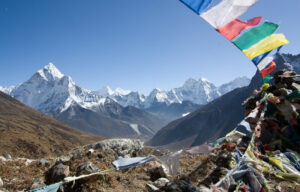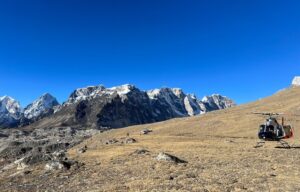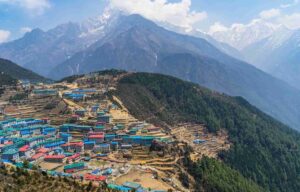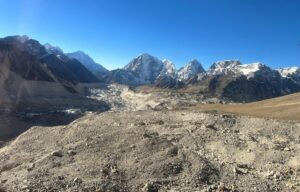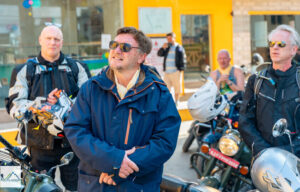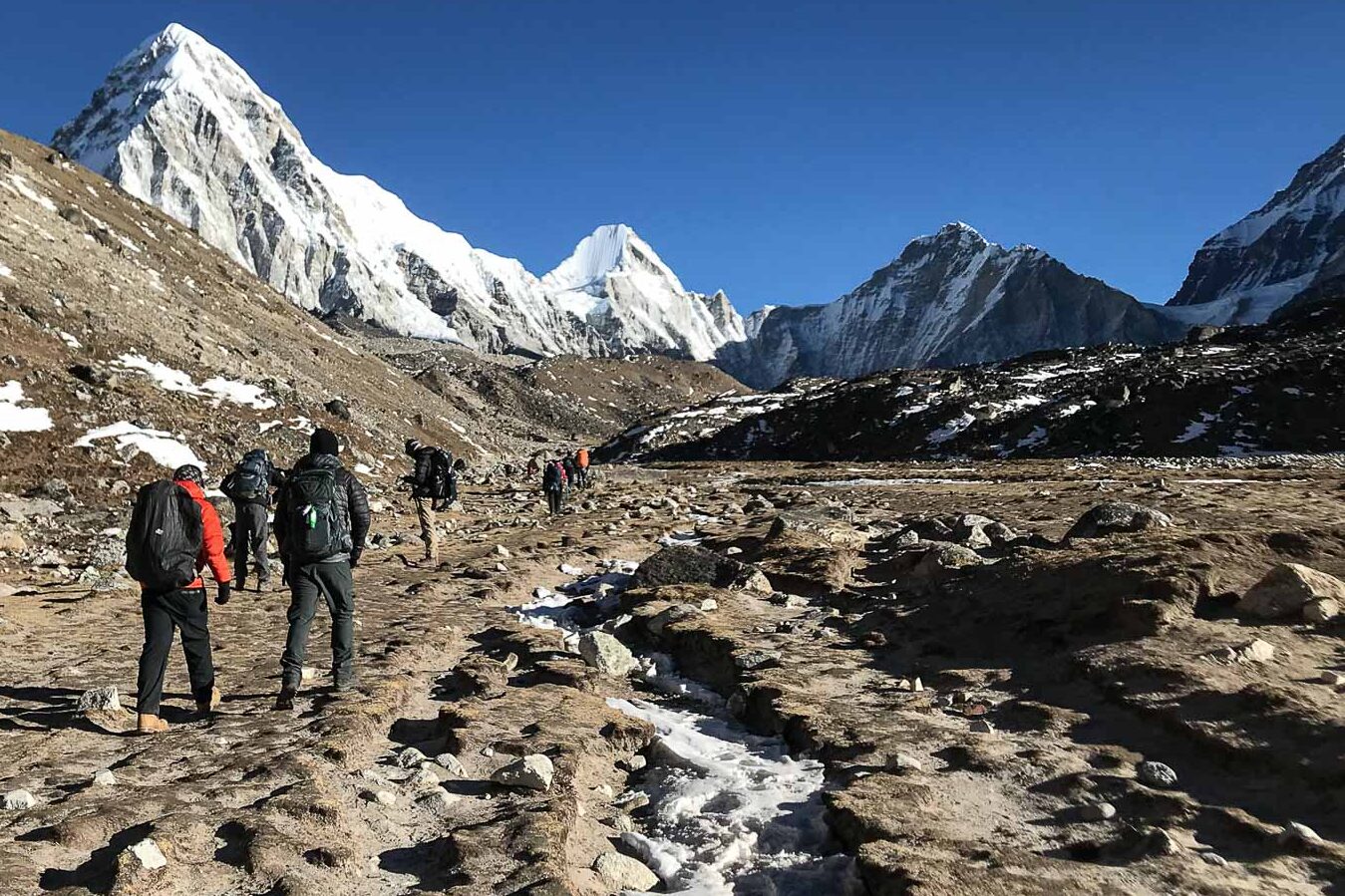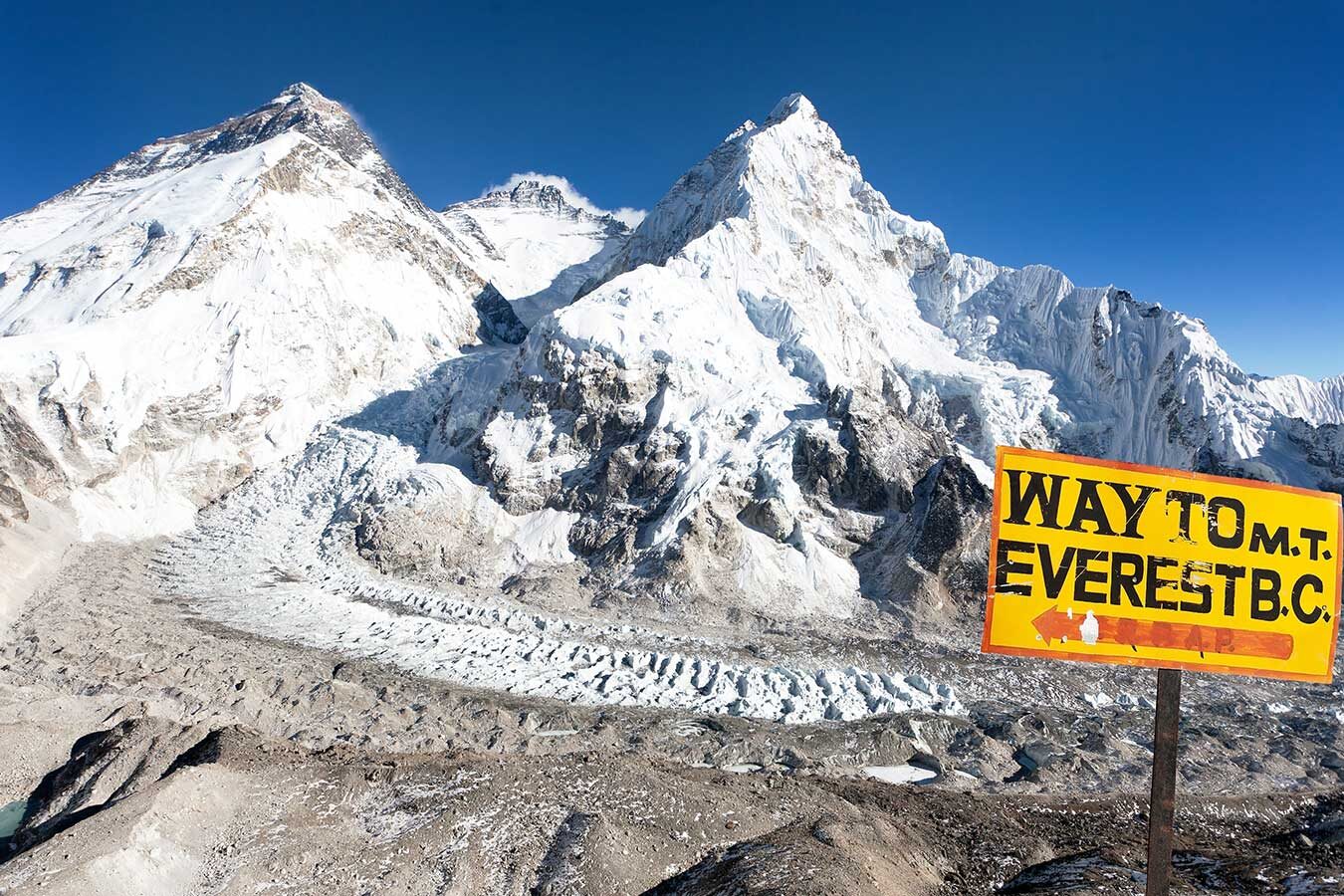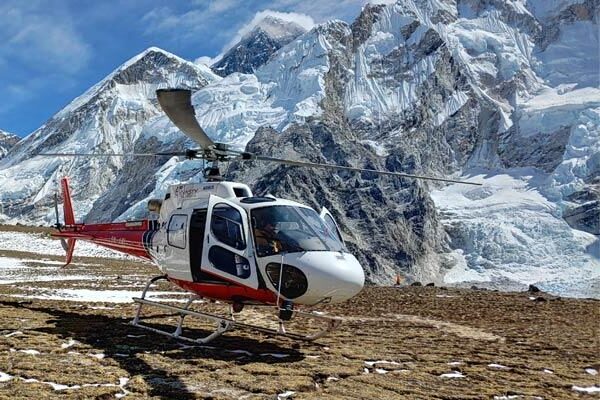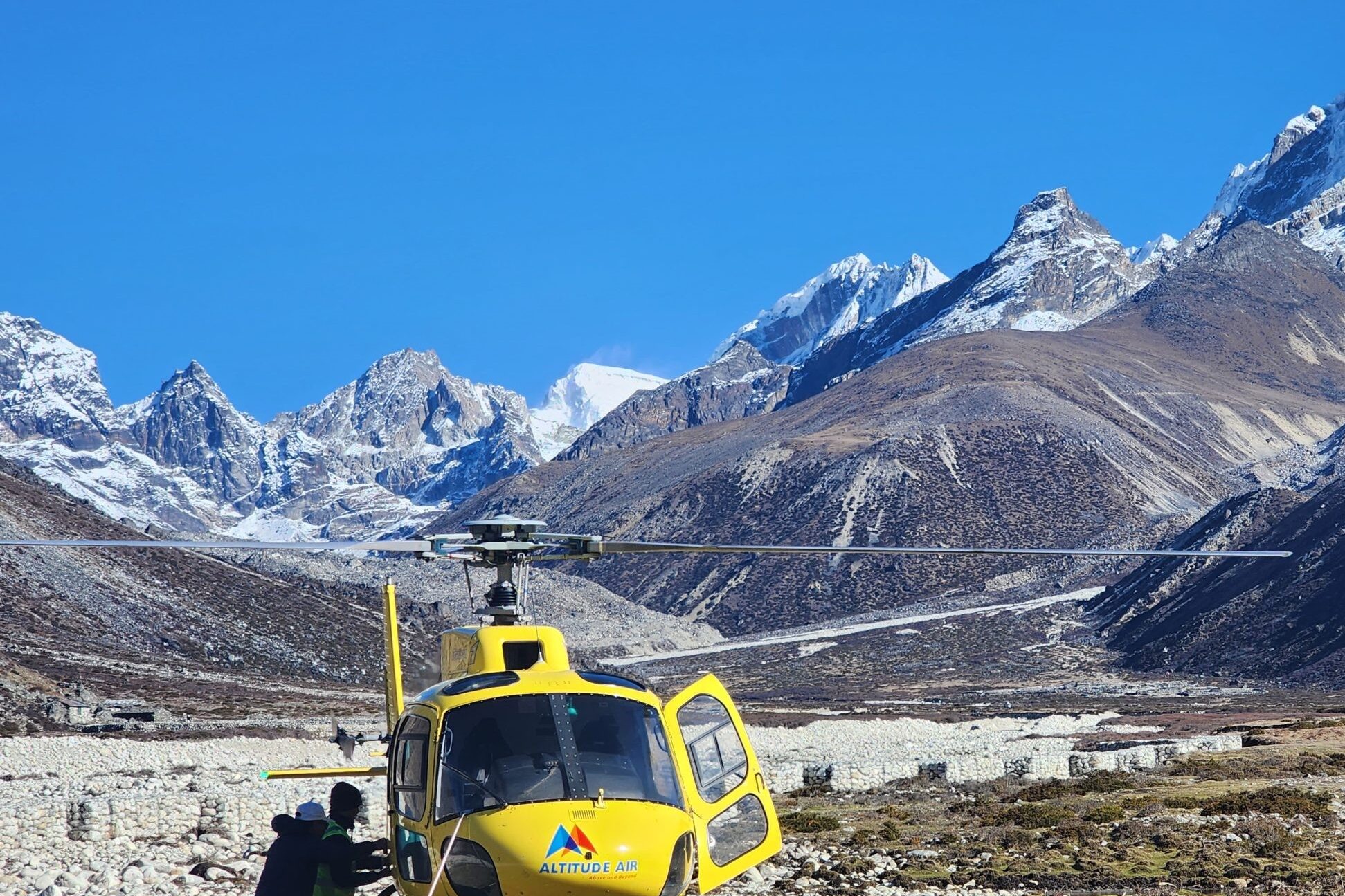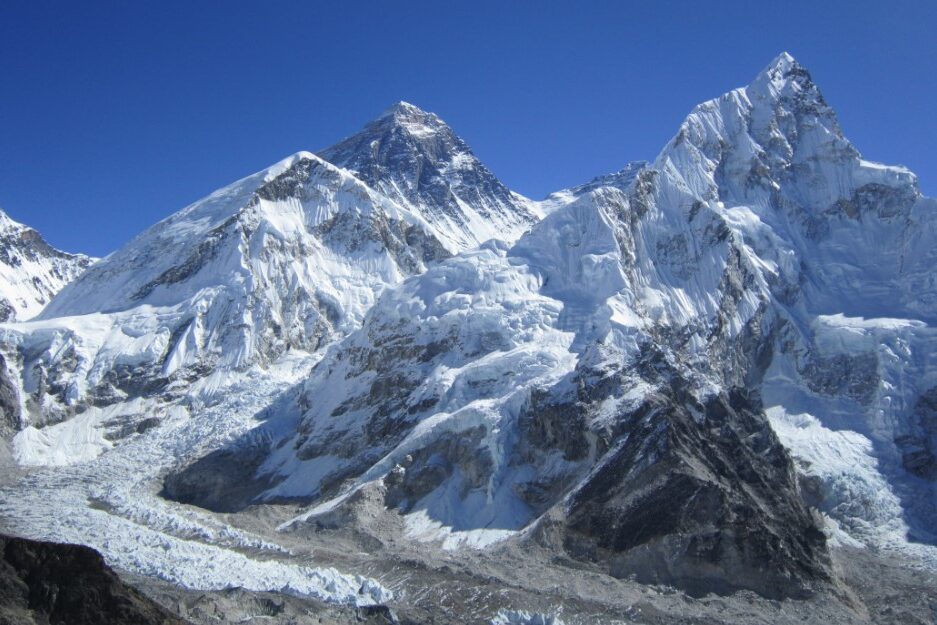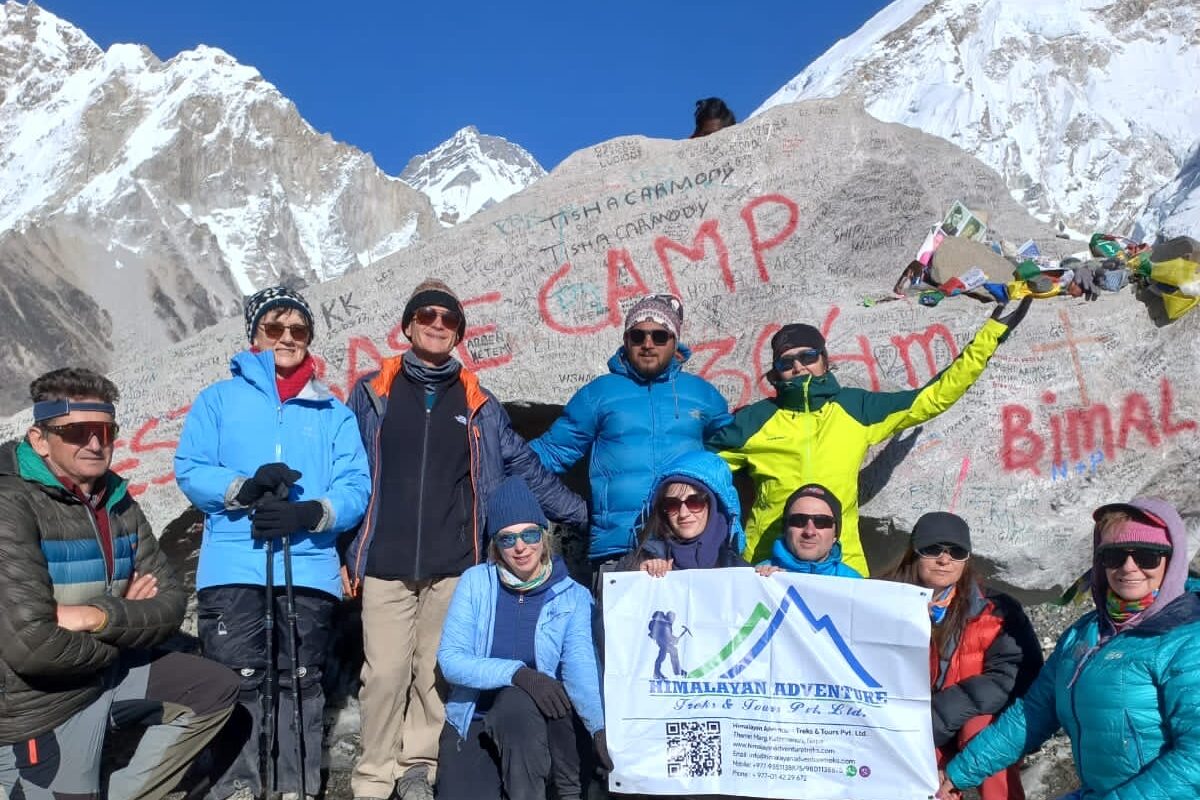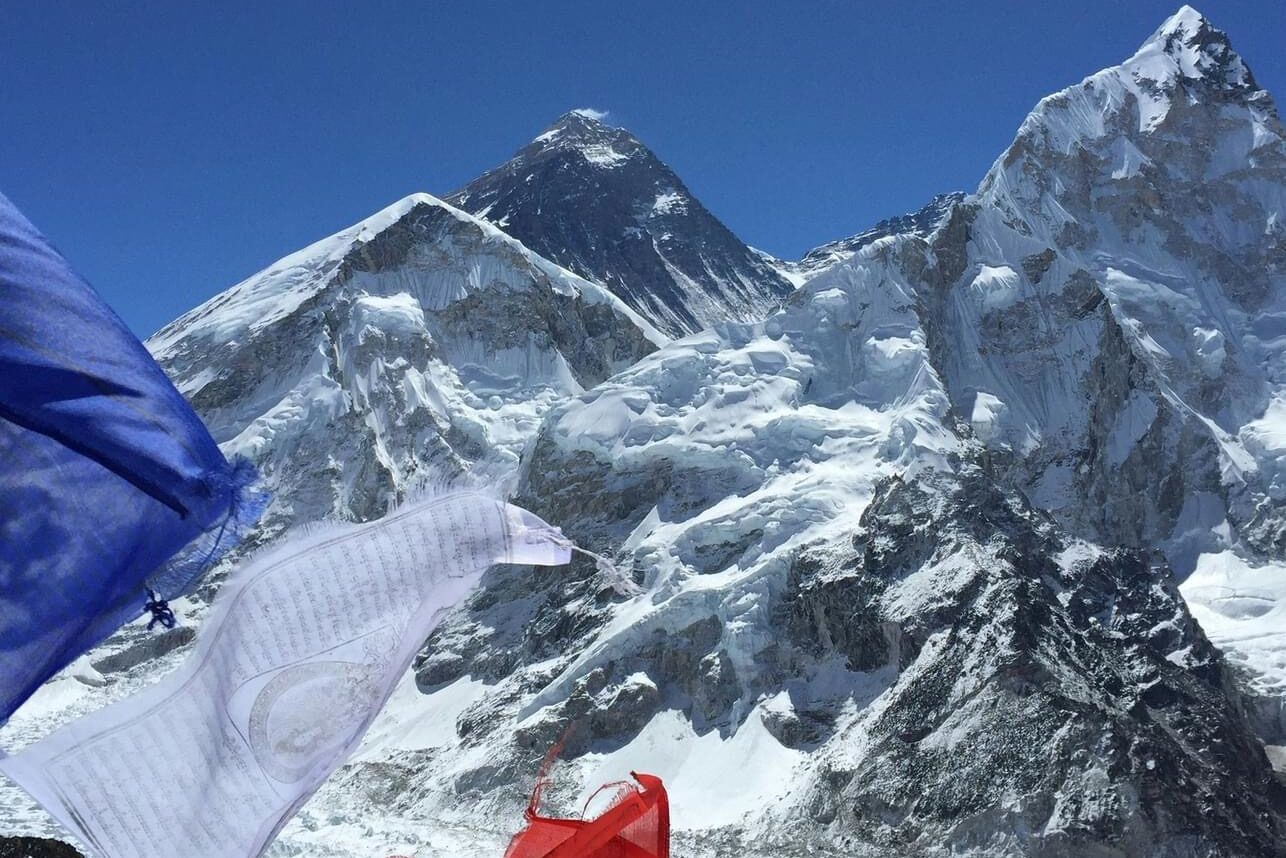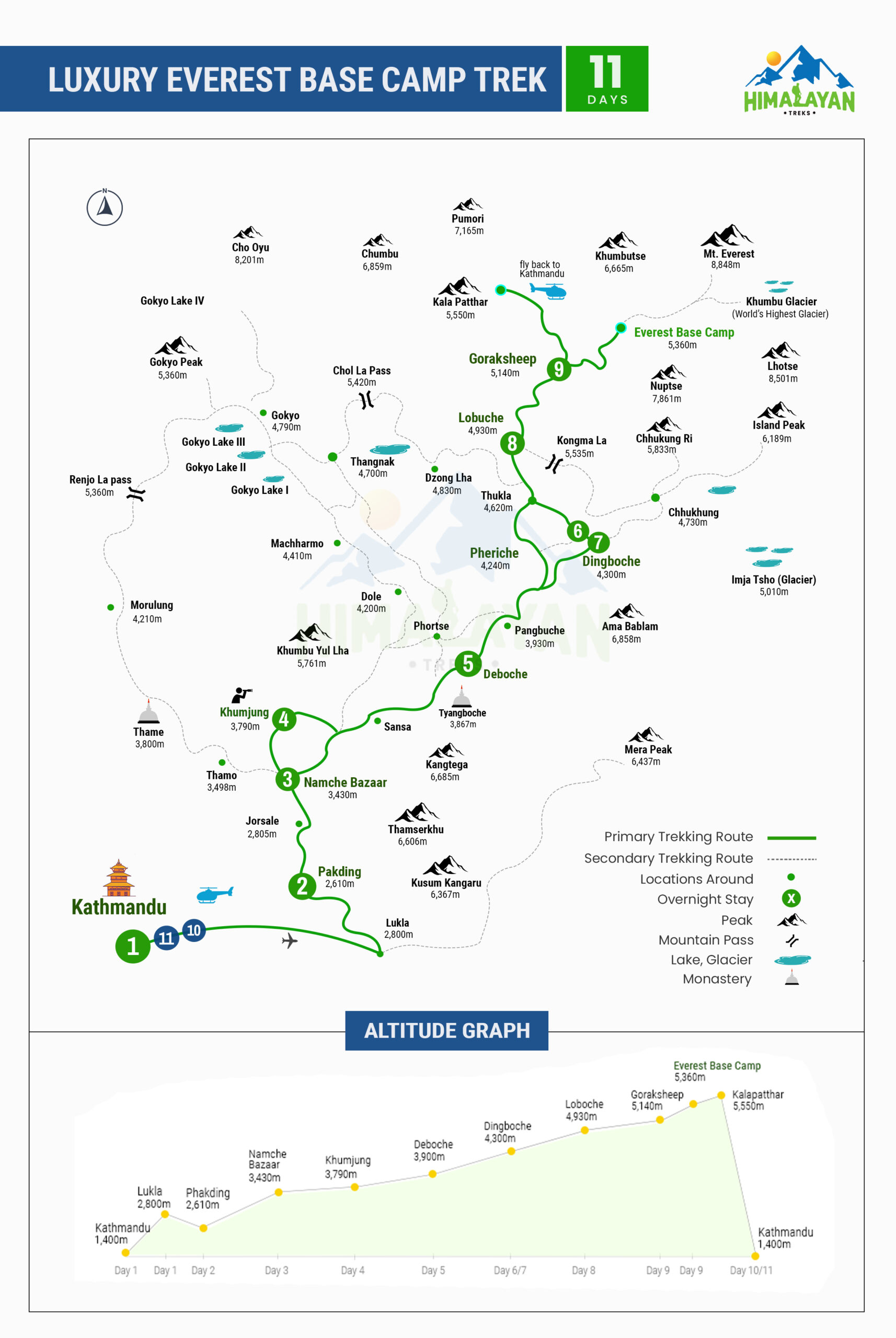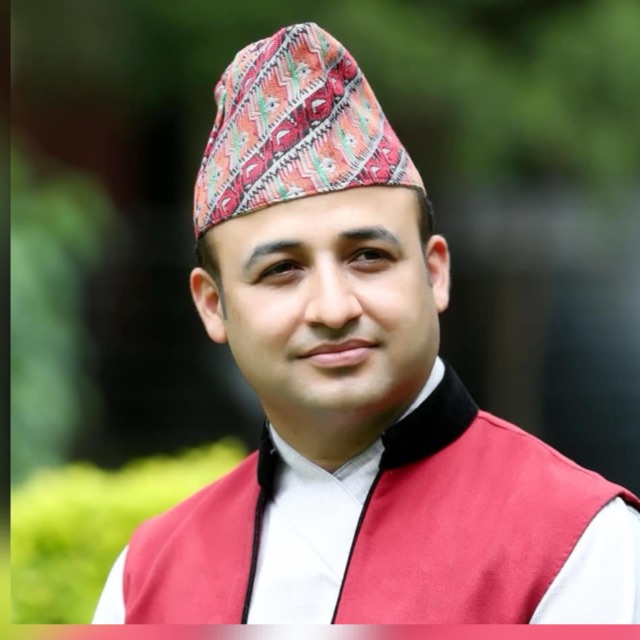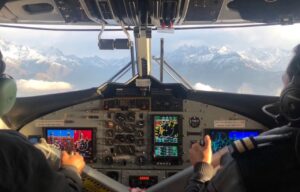Trip Introduction
The Luxury Everest Base Camp Trek is the ultimate once-in-a-lifetime journey. You will be pampered and comfortable every minute of the trip, and the Himalayas will take your breath away. This carefully planned trip combines the excitement of reaching Everest Base Camp with the luxury of high-end lodging, gourmet meals, and personalized services to make sure that you have a trekking experience like no other.
The best lodges and teahouses on your trip will be carefully chosen to give you the ultimate in luxury. They will have the perfect mix of modern conveniences and traditional charm. Every night, come home to your comfortable haven, complete with soft beds, warm blankets, and baths that will make you feel refreshed after a day of exploring.
Indulge your taste buds with delectable meals made by skilled chefs using the freshest local ingredients. Take a culinary trip that includes flavors from around the world and traditional Nepali food. Every meal, from hearty breakfasts to gourmet dinners and energizing trail snacks, is a culinary treat that goes well with the stunning scenery in the Everest region.
You will travel with experienced hikers who are not only adept at navigating the challenging terrain but also enjoy sharing tales about the local people, culture, history, and natural beauty. You’ll go on an unforgettable journey with their help through beautiful Sherpa towns, green valleys, and high mountain passes, all while being safe and receiving unmatched support.
Take a beautiful helicopter ride from Gorak Shep back to Kathmandu for the thrill of a lifetime. You’ll fly above the famous peaks of Everest, Lhotse, and Ama Dablam, which will take your breath away with their beauty. This unforgettable flight gives you a unique view of the world’s tallest mountains and is the perfect way to end your luxury trekking trip.
Every part of the Luxury Everest Base Camp Trek is meant to go above and beyond your hopes and make memories that will last long after the trip is over. This includes personalized services and itineraries, as well as unique experiences and smooth logistics. Get ready to enjoy the ease and luxury of this once-in-a-lifetime trip while being surrounded by the beauty of the Himalayas.
Outline Itinerary of Luxury Everest Base Camp Trek:
Day 01: Arrival at Kathmandu Airport.
Day 02: Fly from Kathmandu to Lukla (2860m) and trek to Phakding (2610m) 3-4 hours.
Day 03: Trek from Phakding to Namche Bazaar (3446m) 6-7 hours.
Day 04: Acclimatization Day Visit Khumjung Village, Hotel Everest View (3880m).
Day 05: Trek from Hotel Everest View to Diboche (3820m) 4 -5 hours.
Day 06: Trek from Diboche to Dingboche (4360m) 5 -6 hours.
Day 07: Acclimatization day in Dingboche (4360m).
Day 08: Trek from Dingboche to Lobuche (4910m) 5-6 hours.
Day 09: Trek from Lobuche to EBC (5360m) to Gorakshep (5160m) 6-7 hours.
Day 10: Trek from Gorakshep to Kalapatthar (5545m) 3-4 hours then fly back to Kathmandu by Heli.
Day 11: Departure to Airport.
Highlights Trek to Everest Base Camp in Nepal :
Scenic trip to Lukla: Take an exciting trip from Kathmandu to Lukla that offers stunning views of the Himalayas.
Trekking Through Sherpa towns: As you hike through the beautiful Sherpa towns, you’ll get to know the rich culture and friendly people who live there.
Namche Bazaar: Visit Namche Bazaar, a busy market town in the middle of the Himalayas, and enjoy the lively atmosphere of this Sherpa hub.
Acclimatization Day: Today is a well-deserved day off to get used to the higher elevation. You can visit Khumjung Village and the Hotel Everest View to see amazing views.
Dramatic Landscapes: You’ll be able to see amazing views of mountains like Everest, Lhotse, and Ama Dablam as you walk through a variety of landscapes, from lush rhododendron woods to rough alpine terrain.
Tengboche Monastery: The ancient Tengboche Monastery is one of the most important religious places in the area and a spiritual haven in the middle of the Himalayas. If you make it to the famous Gorakshep and Everest Base Camp, you’ll be at the base of the world’s highest mountain and be amazed by the beauty of the Khumbu Glacier.
Sunrise at Kalapatthar: Climb to Kalapatthar to see a stunning sunrise over the Everest range. The sky will be painted with gold and pink hues, and snow-capped peaks will be in the background.
Flight by Helicopter Back to Kathmandu: To end your trek, take an exciting helicopter ride from Gorakshep to Kathmandu. From the air, you can see the beautiful Himalayan scenery below.
Farewell Dinner: To celebrate the end of your Everest journey, have a memorable farewell dinner at a real Nepalese restaurant, complete with cultural performances.
The best time to trek to Luxury Everest Base Camp
When it comes to hiking, spring and fall are the best times to go to Everest Base Camp and the nearby area. The weather is nice, and the views are stunning at these times.
People say that the best time to hike to Everest Base Camp is in the spring, from March to May. There is mild weather, and most days are clear. The weather trends are stable. The rhododendron woods are very pretty because they are full of bright flowers. The weather is moderate, which makes trekking easy, and the visibility is great, so you can see the Himalayan peaks clearly.
During the fall, from September to November, many people also choose to walk to Everest Base Camp. The weather is steady, with clear skies and not too hot or cold. Since it has rained a lot lately, the air is clear, and you can see the mountains clearly. The trails aren’t as busy as they are in the spring, so it’s a great time to hike if you want a more peaceful experience.
Spring and fall are both great times to go climbing, but you should be ready for cold weather at higher elevations, especially in the morning and evening. Also, the monsoon season (June to August) is not a good time to go because of the heavy rain that can make paths slippery, cause landslides, and make it hard to see. In the same way, the winter months (December to February) can be very cold, with snow and temperatures below zero, which makes hiking harder.
Why Everest Base Camp Trek?
The trek to Everest Base Camp (EBC) is a famous journey that combines natural beauty, cultural immersion, and personal growth in a way that no other trip does. Here are some strong reasons why trekking to Everest Base Camp should be on your bucket list:
Stunning Scenery: The Everest area is famous for its stunning scenery, which includes tall Himalayan peaks, lush forests, alpine meadows, and glacial valleys. Some of the world’s tallest mountains, like Mount Everest, Lhotse, Nuptse, and Ama Dablam, can be seen from EBC in a way that can’t be beat.
Cultural Immersion: As you walk along the trail, you’ll have the chance to learn about the rich culture and traditions of the Sherpa people, who live in the Everest area naturally. You can meet friendly Sherpa people and learn about their way of life by visiting old monasteries, prayer flags, and beautiful towns.
Achievement for Me: Trekking to Everest Base Camp is a difficult adventure that takes mental toughness, physical fitness, and determination. Many hikers remember the moment they stand at the base of the world’s highest peak as a moment of great achievement. When you finish the trip, you’ll feel proud of what you’ve done and happy and satisfied.
Unique Experience: The Everest Base Camp walk is the only way to trek through the rough terrain of the Himalayas, cross suspension bridges, climb steep trails, and stay in traditional teahouse lodges. Having a sense of adventure and discovery makes the trip more fun.
Stunning Sunrises: Seeing the sun rise over the Himalayas is a wonderful experience that I can’t put into words. Trekkers can make memories that will last a lifetime by seeing Mount Everest shine in the morning light from high places like Kala Patthar.
Challenge and Adventure: The trip to Everest Base Camp isn’t a stroll through the park; it’s a test of your mind and body that forces you out of your comfort zone. The journey is more exciting and adventurous when you have to get past barriers, cross high mountain passes, and hike at high elevations.
A sense of community: People from all over the world who love adventure and discovery often meet while trekking to Everest Base Camp. The camaraderie between trekkers, guides, and porters makes the whole trek a positive and helpful experience.
